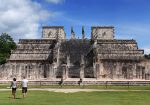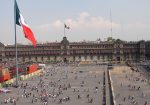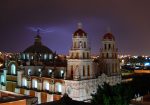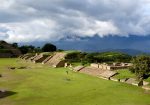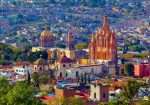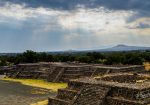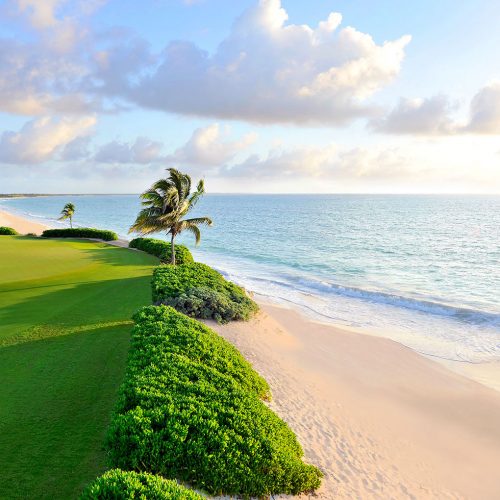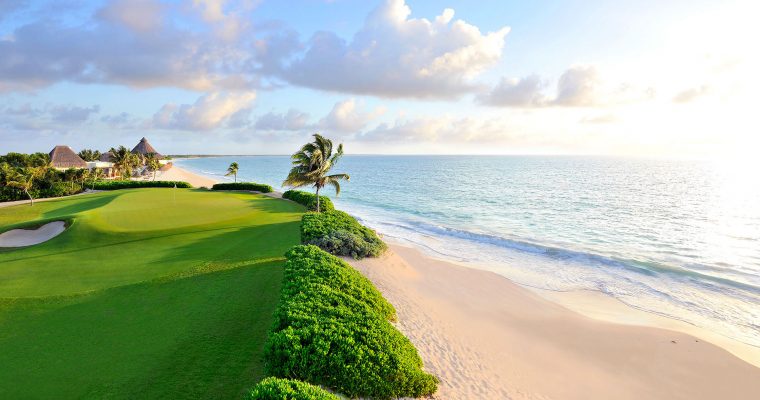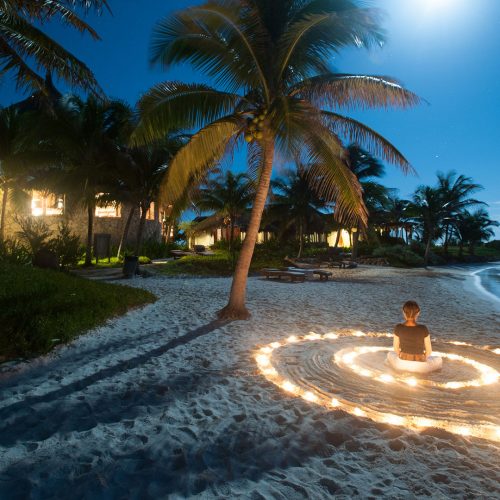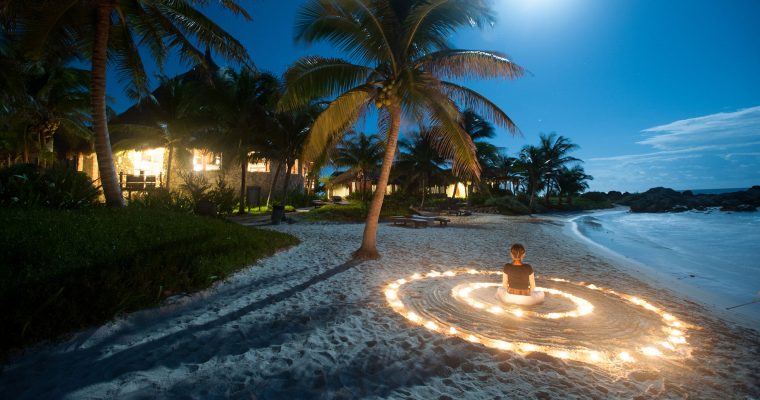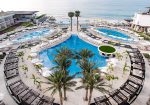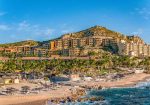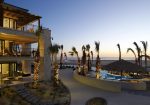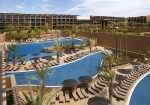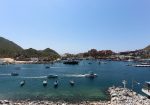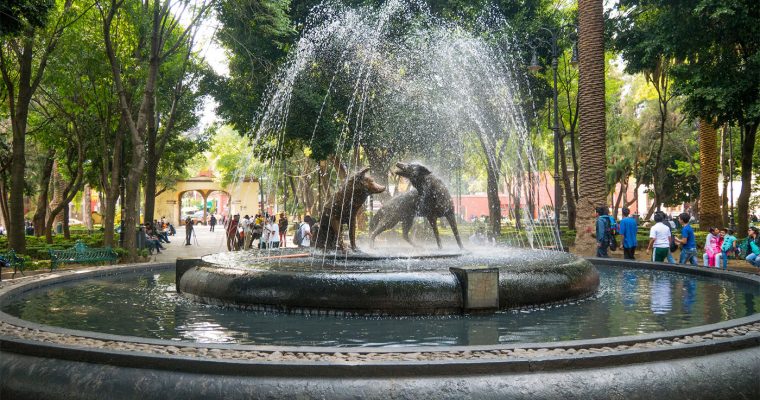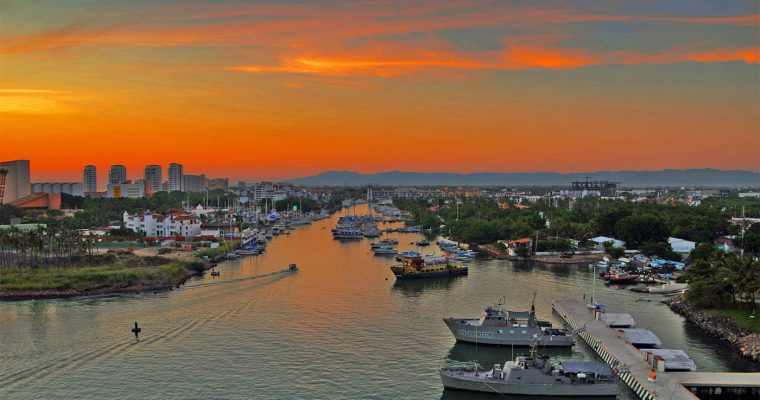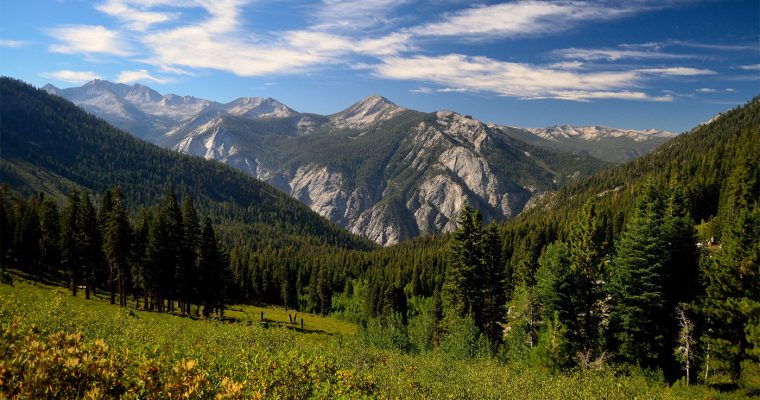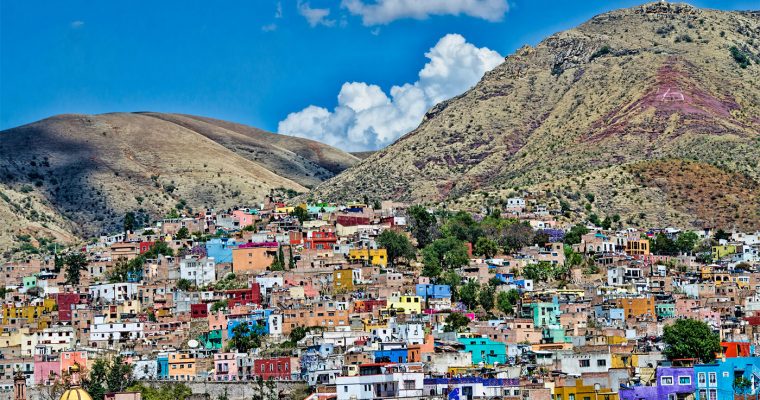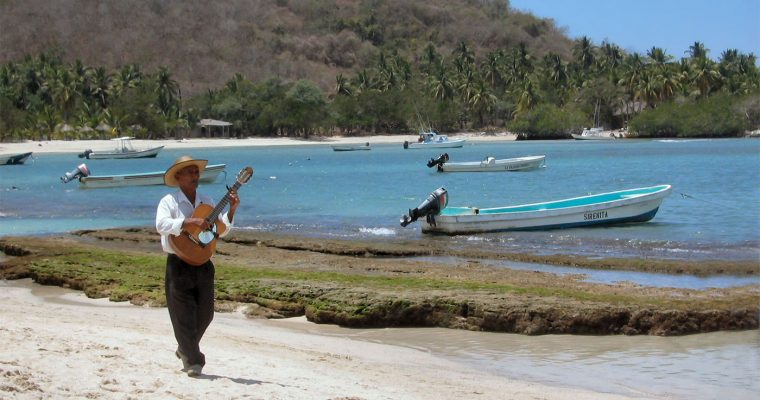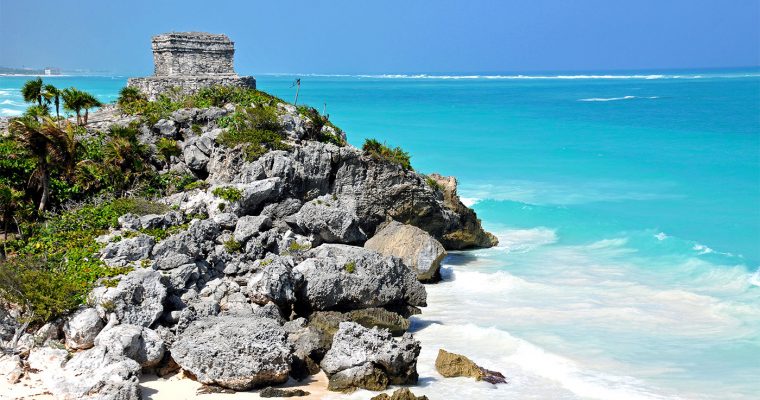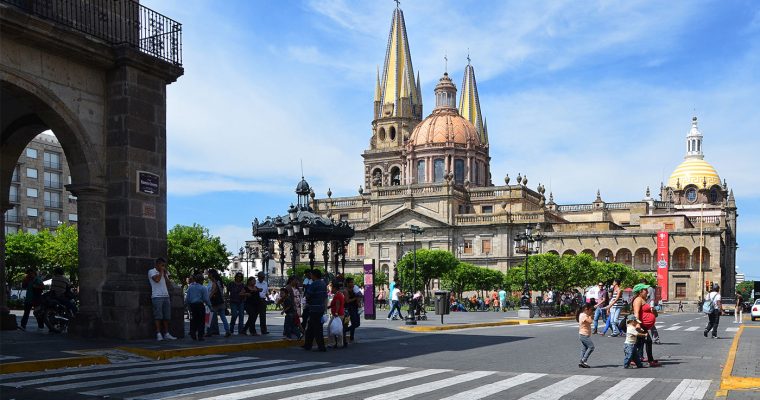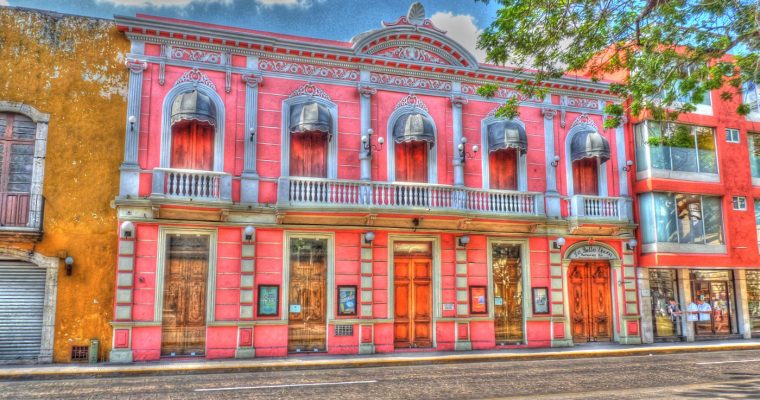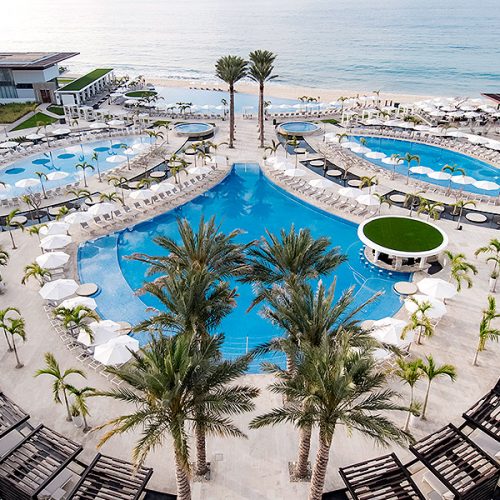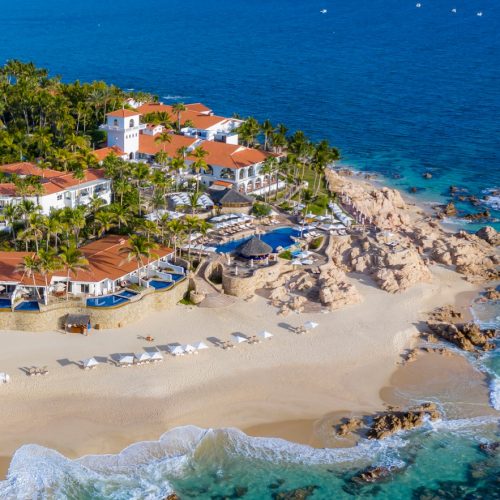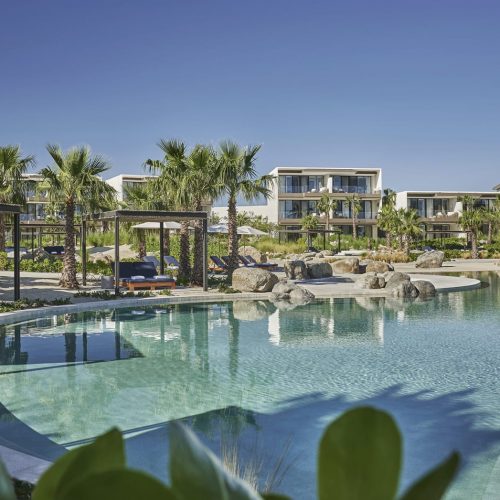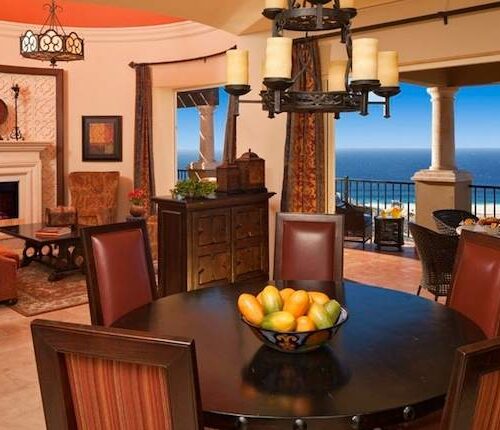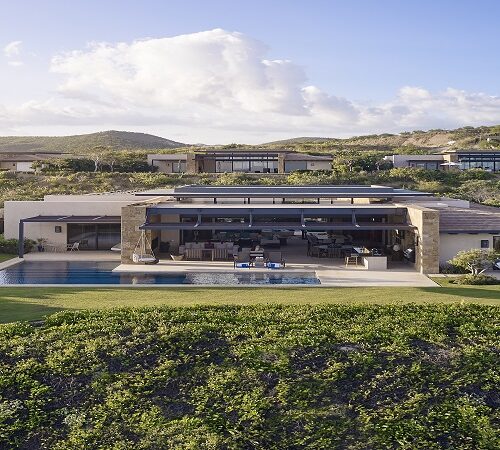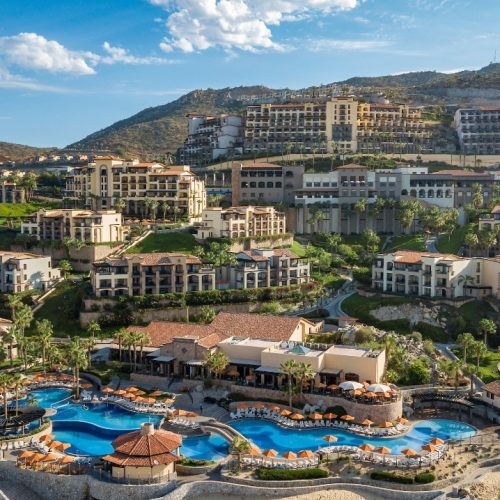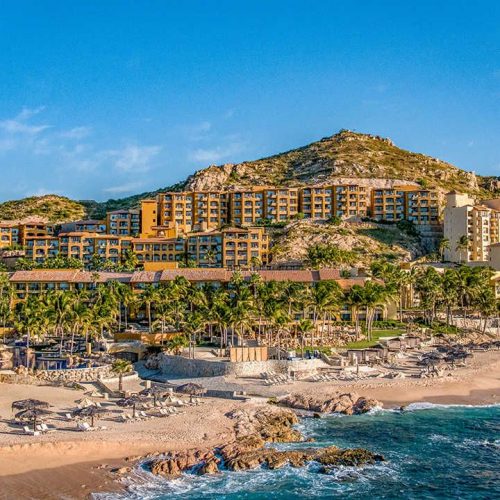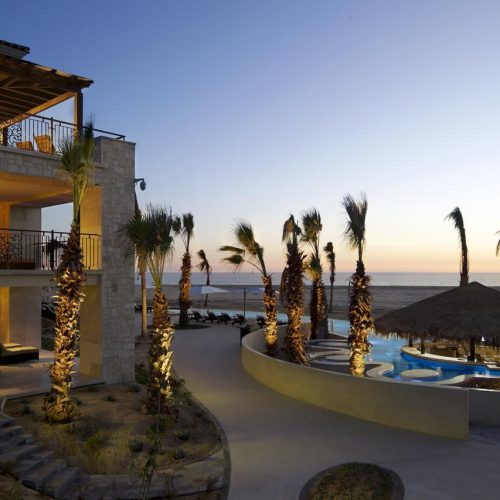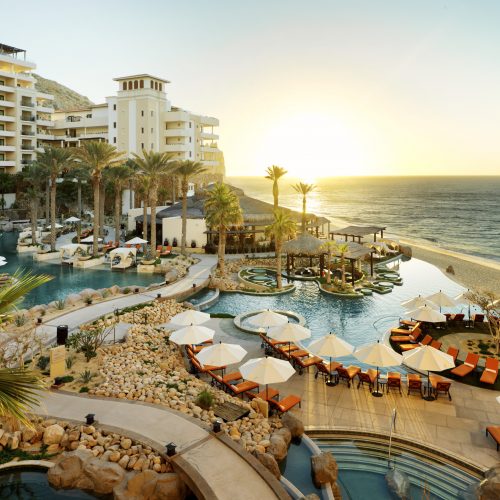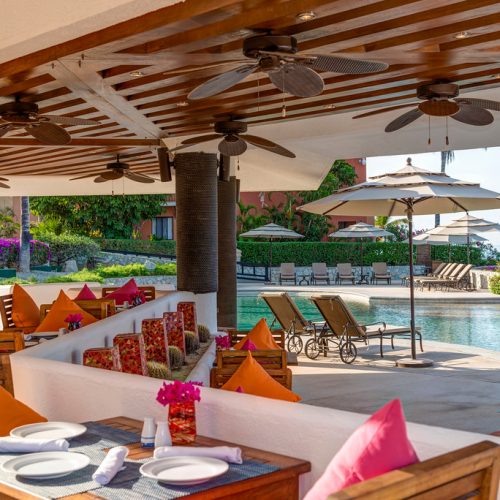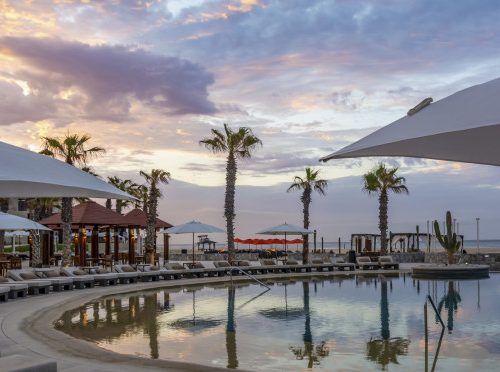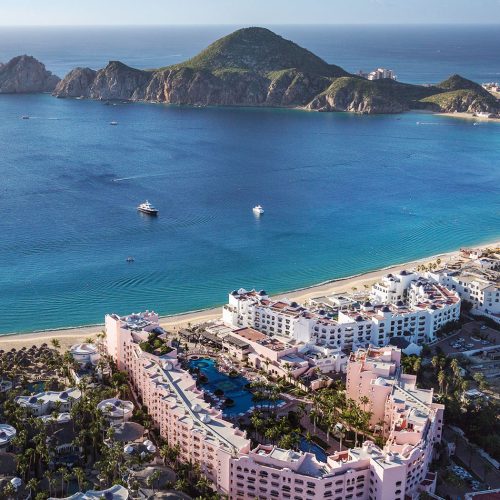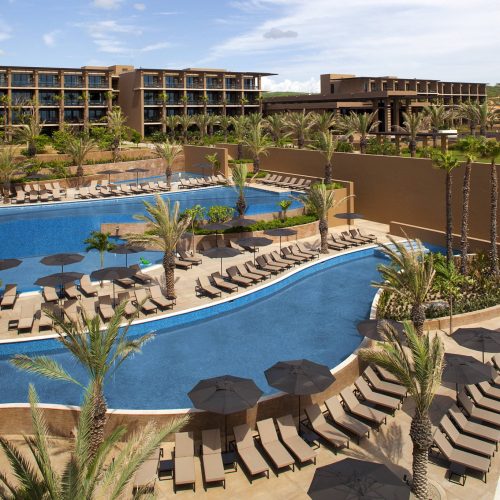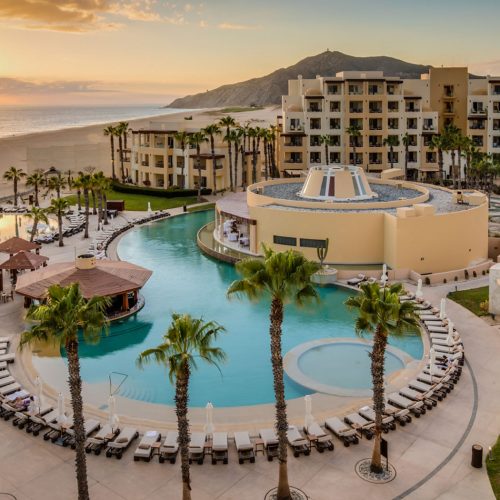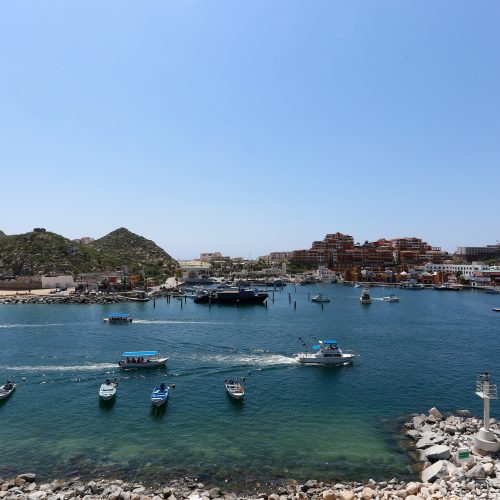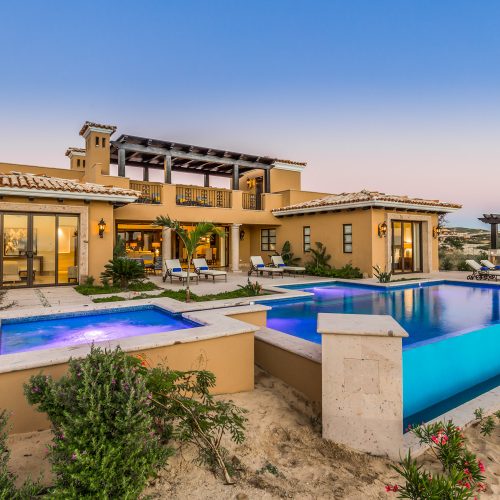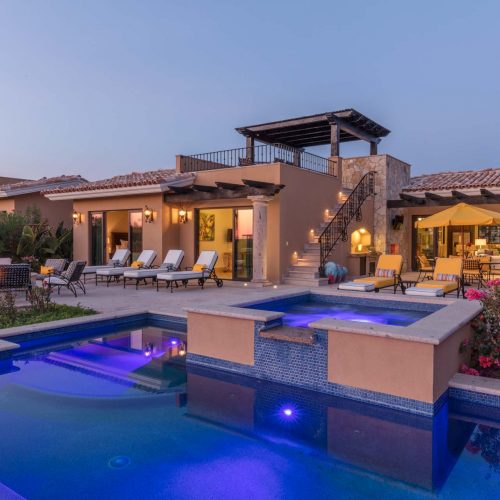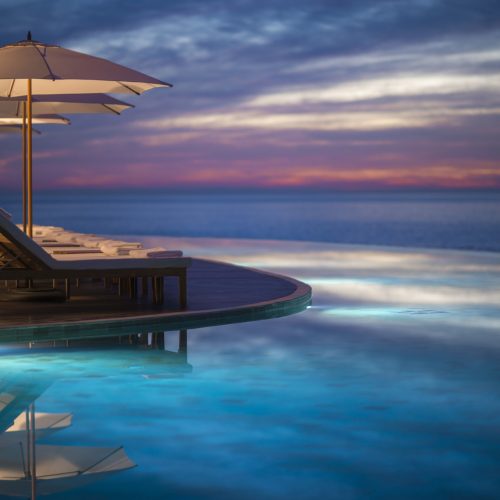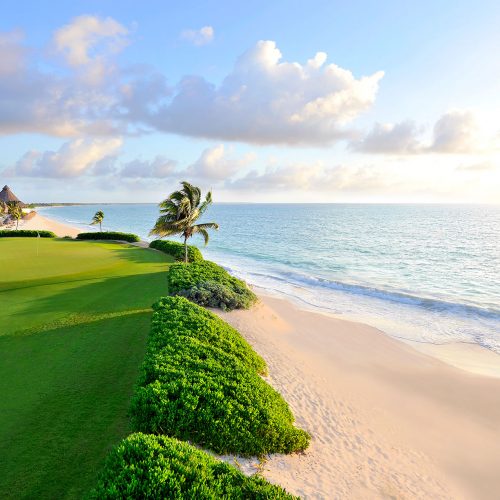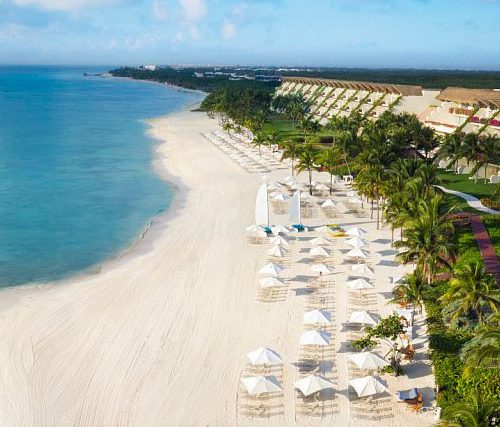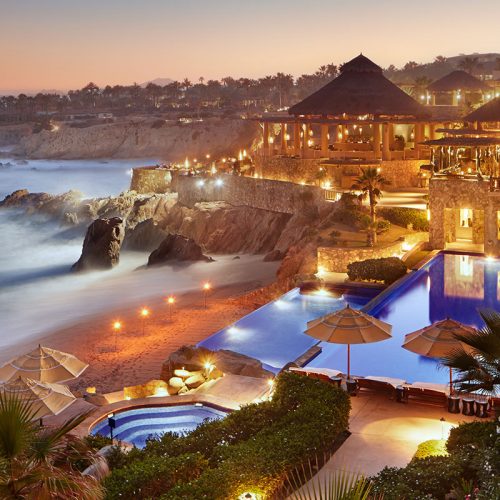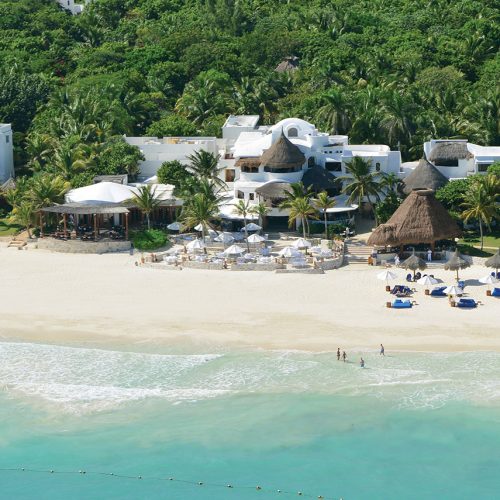North America
Mexico
SOUTH OF THE BORDER
Why We Love Mexico
Long before the Europeans arrived, the land that makes up modern Mexico was already an advanced, highly cultured civilization. The peoples of this large and varied land had built elaborate pyramids and ceremonial architecture in places like Teotihuacán, Chichen Itza and Tulum.
Inspired Experiences in Mexico
Contact your Distincte Travel Advisors to personalize your travel experience.
+1 877 327 0058
Top Destinations in Mexico
Articles
New Age Meets The Old World
New Age Meets The Old World
Overview
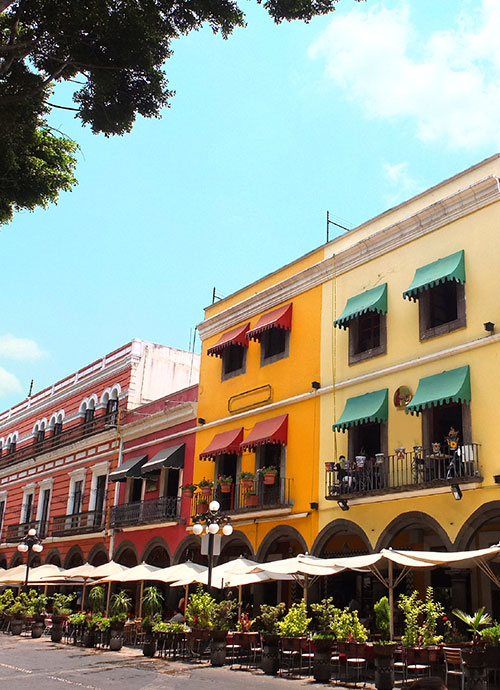 Long before the Europeans arrived, the land that makes up modern Mexico was already an advanced, highly cultured civilization. The peoples of this large and varied land had built elaborate pyramids and ceremonial architecture in places like Teotihuacán, Chichen Itza and Tulum. With the arrival of the Spanish conquistadors, the land became dotted with Gothic church towers, sunwashed piazzas and elaborate haciendas.
Long before the Europeans arrived, the land that makes up modern Mexico was already an advanced, highly cultured civilization. The peoples of this large and varied land had built elaborate pyramids and ceremonial architecture in places like Teotihuacán, Chichen Itza and Tulum. With the arrival of the Spanish conquistadors, the land became dotted with Gothic church towers, sunwashed piazzas and elaborate haciendas.
Today’s Mexico is just as culturally and architecturally advanced, a thriving industrial nation. The capital of Mexico City, an amazingly diverse and sprawling metropolis of more than 20 million inhabitants, is a world unto itself as well as the country’s political, cultural and economic center.
Visitors can choose from any number of Mexican destinations for spectacular vacation options. The Pacific coastline includes the upscale resort areas of Cabo San Lucas at the tip of Baja California, and the longtime playgrounds of Puerto Vallarta and Acapulco. On the Caribbean coast, the “Mexican Riviera” includes the resort destination of Cancun and Playa del Carmen among others.
In the mountainous interior, one finds the ancient Spanish cities like San Miguel de Allende, San Cristobal de las Casas and Tepoztlan with their Spanish architecture and relaxed way of life.
And everywhere in Mexico, the spicy cuisine, refreshing Mexican beers and the potent home-grown tequila make culinary exploration delightful and delicious.
Since the time of Cortez, people have been coming to Mexico in search of gold and other riches. Surprisingly, they have found it in the warm and generous spirit of the Mexican people, proud and proper, the descendants of the Aztec and the Mayans and the Olmecs. Such rewards are still found in Mexico today.
Quick Facts
Mexico’s official language is Spanish, although millions still speak an indigenous tongue as well. English is understood most places in the country.
The official currency is the Peso ($MXN). The peso is divided by 100 centavos. The U.S. dollar buys approximately $MXN19. Please check the current exchange rate before traveling, as it changes daily.
The electrical current in Mexico is 127V AC, 60Hz. Socket and plugs are the same as in the United States. Visitors from other countries may need adapters or converters.
Internet connections and WiFi spots are found throughout the country. Most major hotels provide good accessibility.
Tourist visas are not required of visitors from the USA, Europe and most western nations. A valid passport is required for entry. Visitors must fill out a tourist card (Forma Migratoria Multiple or FMM) upon arrival and pay the tourism fee of $22 per person.
Generally, it is best to avoid using tap water for drinking and washing. Most of the larger hotels and resorts do offer purified and treated water, but most visitors should use bottled water when possible.
Mexico uses four time zones. Most of the country is in the Central Standard (Zona Centro) (EST -1). The state of Quintana Roo, which includes Cancun and region, is on Eastern Standard Time (in Mexico, Southeastern Time, or Zona Sureste). The southern portion of Baja California, which includes the Las Cabos area, is on Mountain Time (locally Zona Pacifico), while the northern section of Baja is on Pacific Time (locally, Northwest or Zona Noroeste). Daylight Savings Time is observed from the first Sunday in April to the last Sunday in October.
Although visitors arrive year-round, Mexico’s peak tourist season is in the winter months: November through April.






